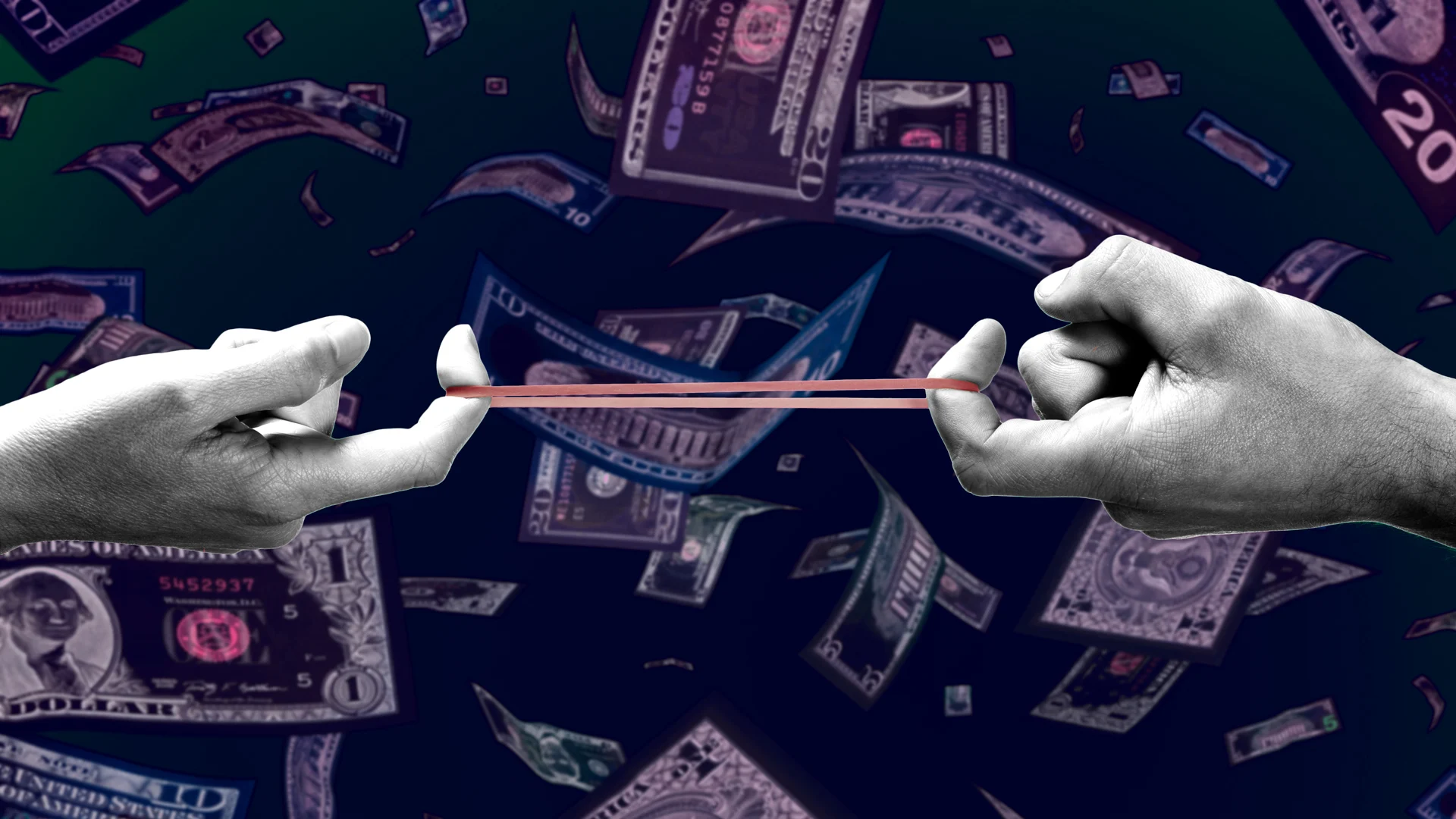
"President Donald Trump's tariffs are starting to make a mark on businesses and consumers, with Americans facing a cumulative increase in prices that will cost the average household some $2,700 in lost income, according to the Yale Budget Lab. Some products will be worse hit than others: Clothing prices are expected to rise by 36% in the short term, while motor vehicle prices will rise some 13%, Yale predicted. And on a broad scale, experts have estimated that GDP could shrink by as much as 6% over the long-term as demand for goods and services dwindles."
"In a survey of more than 3,000 professionals, it reported that a price increase of 20% appears to be the maximum before most consumers balk and look for cheaper alternatives. "As far as we can judge, a maximum price increase of around 20%, driven by tariffs or changes in trade rules, is often acceptable when it is clearly explained and positioned within certain key factors," according to the report."
""The 20% figure is a useful benchmark, but it's crucial to recognize that, for humans, price is a feeling," said Jon Tipple, FutureBrand's chief strategy officer. "The perceived value, the brand's reputation, and the public's emotional connection all influence how that number is interpreted." "This means brands can exceed that threshold if they successfully reframe the narrative and enhance the overall experience," he added."
Tariffs under President Donald Trump are raising consumer prices and are projected to cost the average household about $2,700 in lost income according to the Yale Budget Lab. Clothing prices could rise about 36% short-term and motor vehicle prices about 13%, with potential long-term GDP contraction up to 6% as demand falls. A FutureBrand Index survey of over 3,000 professionals finds roughly a 20% price increase is the typical consumer tolerance threshold before searching for cheaper alternatives. Consumer acceptance depends on clear explanation, perceived value, brand reputation, emotional connection, and improved experience, and tolerance varies substantially by industry.
Read at Fast Company
Unable to calculate read time
Collection
[
|
...
]